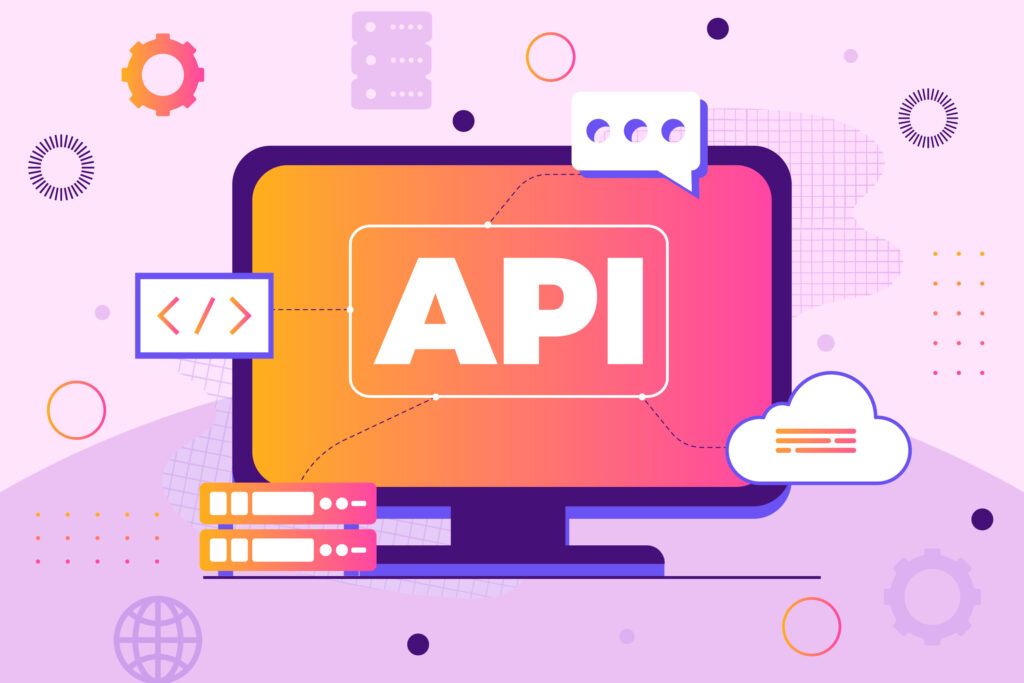
In today’s data-driven betting landscape, serious traders and developers are increasingly looking for ways to gain an edge through automation, data visualization, and custom interfaces. One of the most effective ways to do this is by creating a custom betting dashboard that brings together live market data, historical trends, and real-time betting tools. Leveraging the Betfair API and Diamond API together can provide powerful capabilities for sports trading enthusiasts and professional punters alike.
This blog will walk you through the process of building a custom betting dashboard, exploring how you can integrate two of the most important APIs in the industry: Betfair’s Exchange API and the Diamond Exchange API.
Why Build a Custom Betting Dashboard?
Betting platforms like Betfair and Diamond offer robust tools, but their standard interfaces may not meet the specific needs of high-frequency traders or data analysts. A custom dashboard allows you to:
-
Monitor multiple markets in real-time
-
Visualize odds movement and volume trends
-
Automate bets based on pre-set rules
-
Combine multiple data sources for better insight
-
Create alerts, triggers, or betting strategies
Rather than switching between platforms or relying on limited native tools, a custom dashboard can serve as your all-in-one control center.
Understanding the APIs: Betfair and Diamond
Betfair API Overview
The Betfair Exchange API allows developers to interact directly with Betfair’s betting exchange. You can retrieve market data, check odds, place and cancel bets, and track performance in real time. There are many Betfair API providers who offer additional wrappers, libraries, and hosting solutions to help you get started quickly, especially if you’re not keen on building everything from scratch.
Diamond API Overview
The Diamond Exchange API Integration gives you similar access to market data and betting functionality for Diamond Exchange users. It supports live odds retrieval, market tracking, bet placement, and account management. When used together with Betfair’s API, it can enable cross-platform strategies, odds comparison, and better arbitrage opportunities.
Tools & Technologies You’ll Need
To build an efficient and responsive dashboard, you’ll need to use a tech stack that supports real-time data and secure API integration. Here’s a simple suggestion:
-
Frontend: React, Vue, or Angular for dynamic UI
-
Backend: Node.js or Python for handling API calls
-
WebSockets: For live odds and market updates
-
Database: MongoDB or PostgreSQL for storing market and bet data
-
Authentication: OAuth or token-based for user access and API keys
Step-by-Step Guide to Building the Dashboard
1. API Access and Setup
Start by applying for access to the Betfair Exchange API. You can either go directly through Betfair or choose from reliable Betfair API providers who offer SDKs, documentation, and sometimes hosted API solutions. Similarly, get access credentials for the Diamond API, ensuring you have permission to use it for betting or data analysis.
2. Backend Integration
Using your backend framework (e.g., Express.js for Node), start by creating modules to interact with both APIs. You’ll need functions to:
-
Fetch available markets (sports, events, leagues)
-
Retrieve live odds and market movements
-
Place, update, and cancel bets
-
Check account balance and bet history
Use scheduled tasks (e.g., with cron) or real-time listeners (e.g., WebSockets) for ongoing data updates.
Tip: Normalize the data from both APIs into a common format so your frontend can process it easily.
3. Frontend Interface Design
The frontend should be intuitive, fast, and visually appealing. Consider including:
-
A market search and filter section
-
Real-time odds display (updated every few seconds or instantly with WebSockets)
-
A charting component to visualize price movement
-
Bet slip module to manually or automatically place bets
-
Notification system for market triggers or bet confirmations
You can also integrate features like dark mode, favorites tracking, and keyboard shortcuts for power users.
4. Diamond Exchange API Integration
When working with Diamond Exchange API Integration, focus on mapping its endpoints to your dashboard logic:
-
Use their market ID system to sync event data with your database
-
Implement a lightweight wrapper around their REST endpoints to handle response errors and timeouts
-
If supported, implement live streaming for odds updates (or poll at intervals if not)
Having this side-by-side with Betfair data allows you to create cross-market views and identify opportunities like value betting or arbitrage.
Features Worth Adding
Once the core functionality is working, you can enhance your betting dashboard with the following advanced features:
– Arbitrage Scanner
Compare odds across Betfair and Diamond in real-time to find arbitrage opportunities. Highlight the differences visually and provide one-click bet placement.
– Strategy Engine
Create a rule-based system where you define betting conditions (e.g., “Bet on underdog if odds drop by more than 10% within 5 minutes”). The system can trigger alerts or place bets automatically.
– Performance Analytics
Track your historical betting performance across both platforms. Show graphs, ROI calculations, win/loss ratios, and heatmaps by sport or event.
– Multi-Account Management
If you’re managing multiple accounts, your dashboard should support account switching or aggregated data views, especially if you’re using third-party Betfair API providers that allow secure tokenized access.
Security and Compliance
Whenever dealing with betting APIs and user accounts, make sure to:
-
Use HTTPS encryption for all data transfers
-
Store API keys securely (e.g., using environment variables or secrets management tools)
-
Implement two-factor authentication for dashboard users
-
Stay compliant with the terms of service of both Betfair and Diamond APIs
Final Thoughts
Creating a custom betting dashboard that combines the strengths of the Betfair and Diamond APIs can give you a serious edge in today’s fast-paced betting world. Whether you’re a developer building a personal tool or part of a professional betting syndicate, integrating these APIs opens the door to real-time data analysis, automation, and smarter decision-making.
If you’re just starting out, consider using tools or support from Betfair API providers to speed up your integration process. And when working with Diamond Exchange API Integration, make sure to build reliable error handling and test against live market data to ensure stability.





